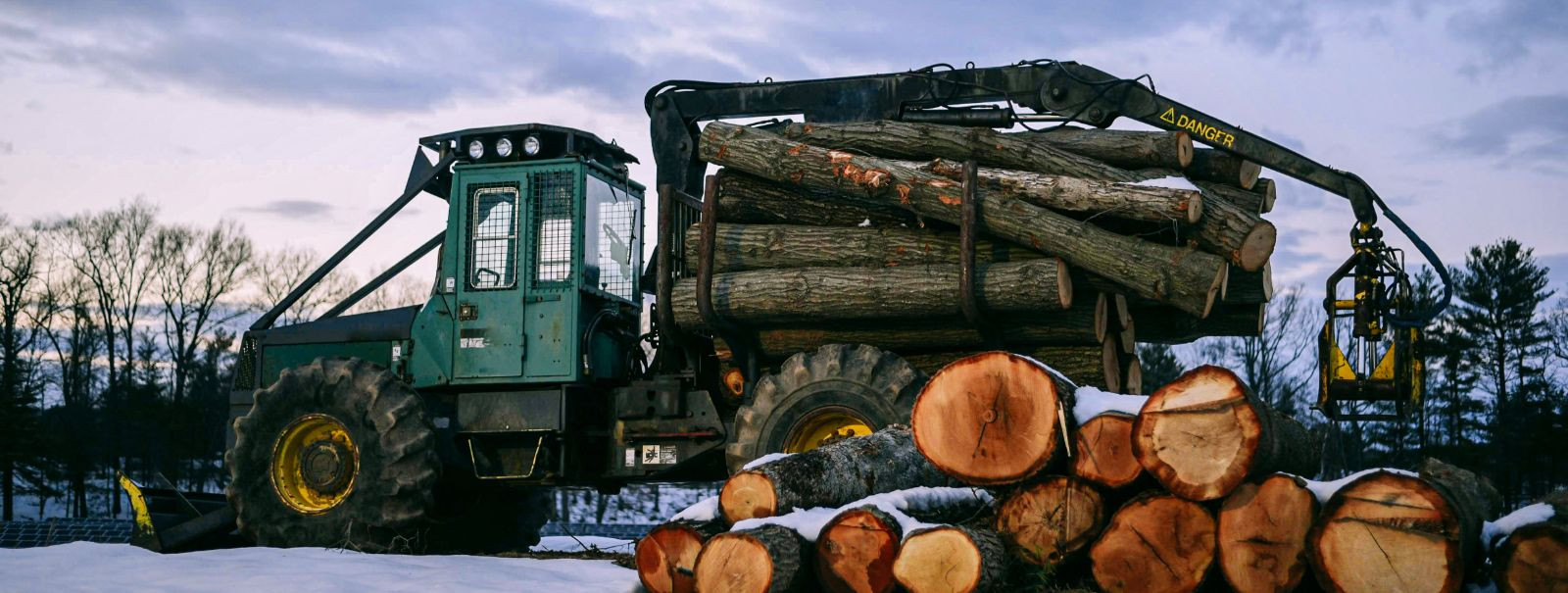Maximizing profits with eco-friendly harvesting
Eco-friendly harvesting refers to the practice of collecting timber and other forest products in a way that maintains the forest's biodiversity, productivity, and ecological processes. It involves a series of methods and strategies that aim to minimize environmental impact while still allowing for the profitable extraction of wood products.
Sustainable forestry practices are crucial for the health of our planet. They ensure that forest ecosystems continue to provide essential services such as carbon sequestration, water regulation, and habitat for wildlife. For businesses, adopting sustainable practices is not only an ethical choice but also a strategic one, as it aligns with the growing consumer demand for environmentally responsible products.
Strategies for Eco-Friendly Harvesting
Selective cutting is a method where only certain trees are harvested, typically the most mature or those that are diseased. This technique helps to preserve the forest structure and reduces the impact on the ecosystem. It also allows for a continuous supply of timber without the need for clear-cutting large areas, which can be detrimental to the environment.
Reduced Impact Logging (RIL) is a set of practices designed to minimize the environmental footprint of logging activities. RIL includes careful planning of harvest areas, the use of directional felling to reduce damage to surrounding trees, and the creation of buffer zones around sensitive areas such as waterways.
Continuous Cover Forestry (CCF) is an approach that maintains a permanent forest cover by managing the rate of growth and harvest within the forest. This method ensures that the forest can continue to function ecologically while providing a steady yield of timber.
Technological Advancements in Eco-Friendly Harvesting
Geographic Information Systems (GIS) and remote sensing technologies have revolutionized forest management. They provide accurate data on forest composition, health, and changes over time, enabling more informed decision-making for eco-friendly harvesting.
Advancements in automation and precision forestry tools, such as drones and smart harvesters, allow for more precise tree selection and cutting, reducing waste and improving the overall efficiency of harvesting operations.
Financial Benefits of Eco-Friendly Harvesting
Implementing eco-friendly harvesting methods can lead to significant cost savings. By reducing waste and improving the efficiency of operations, companies can lower their operational costs while maximizing the value of their harvested timber.
Companies that adopt eco-friendly practices often gain access to green markets where consumers are willing to pay a premium for sustainably sourced products. This can lead to increased profits and market share for businesses that prioritize sustainability.
By investing in sustainable harvesting practices, companies can ensure long-term financial stability. Sustainable forestry leads to healthier forests, which in turn leads to a more reliable and consistent supply of timber, supporting ongoing profitability and growth.
Policy and Certification in Sustainable Forestry
Forestry certification schemes, such as the Forest Stewardship Council (FSC) and the Programme for the Endorsement of Forest Certification (PEFC), provide a framework for verifying sustainable forestry practices. Certification can enhance a company's reputation and provide assurance to consumers and investors about the sustainability of their products.
Compliance with international standards and policies is essential for companies operating in the global market. Adhering to these standards not only ensures access to certain markets but also protects companies from potential legal and reputational risks associated with unsustainable practices.






Comments (0)